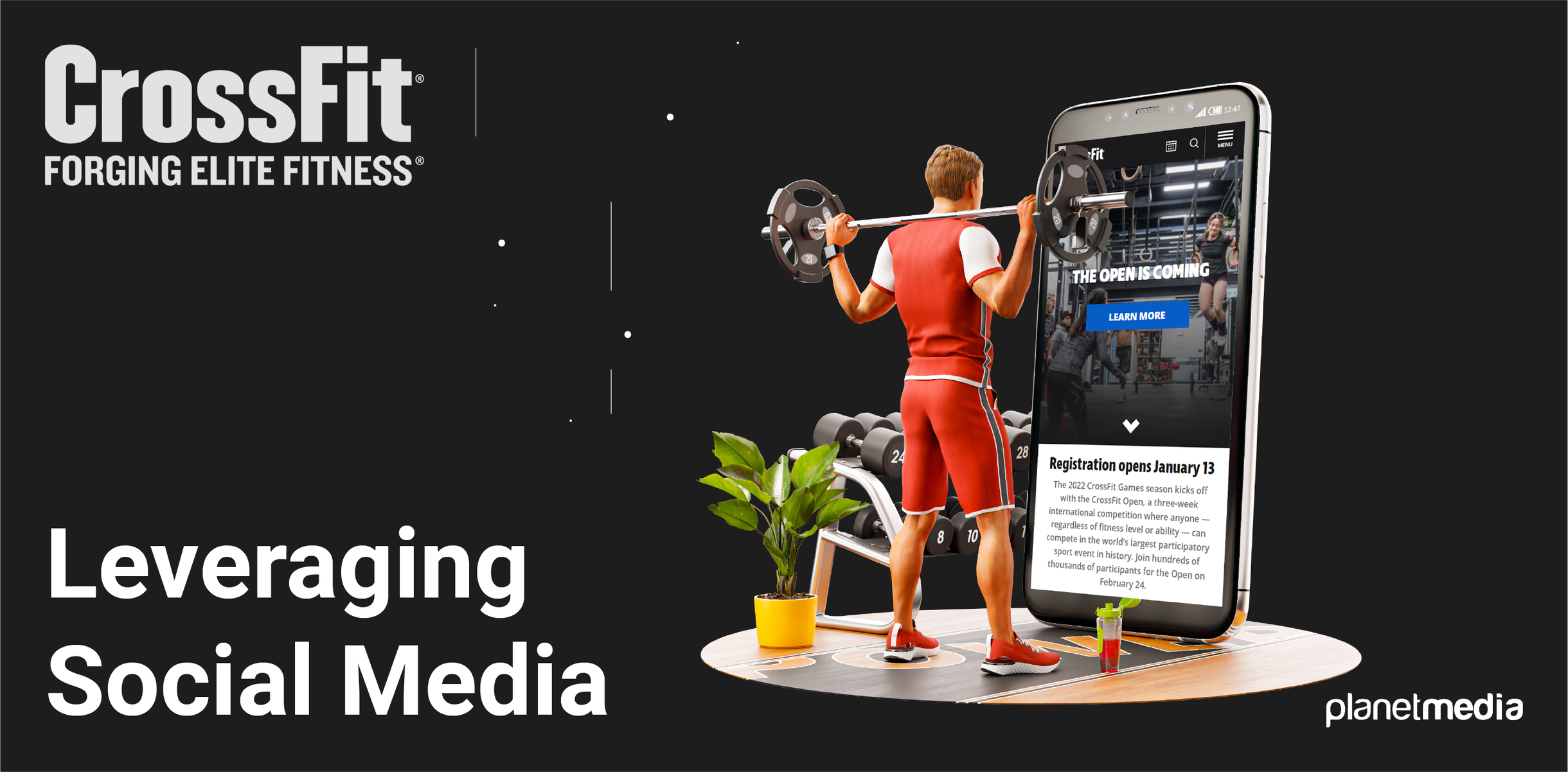CrossFit and Their Business Success

Founder of the idea behind CrossFit, Greg Glassman, also known as “Coach” in the CrossFit community, has built the largest gym network (or “box”) in the world over the span of less than two decades. Currently, there are over 15,000+ CrossFit boxes worldwide, amassing around $5 billion in annual revenue.

Unlike a regular gym, CrossFit boxes are minimalistic. Most of them are just open square spaces with bare walls and concrete floors. Equipment is offered based on the size of the box, but most CrossFit gyms only have a few jump ropes, power racks, pegboards, rowing machines, free weights, and kettlebells.
This is completely offbeat from any conventional gym that provides members with an array of functional machinery for each body part. CrossFit boxes are advertised as “the sport of fitness”; a training ideology focused on developing physical health and cardiovascular fitness at all levels through various high-intensity functional exercises.
The Business Model
Starting a CrossFit box is an extremely easy process. Just about anybody ready to pay $3,000/ year and attend a two-day seminar can start a CrossFit box. This does not include introductory and ongoing expenses for equipment, rent, amenities, insurance, etc. So, a prospective CrossFit gym owner has to spend around $30K before launching the respective box. However, this budget is actually small when compared to other reputed gym business models.

Another perk of the CrossFit model is the privilege given to box owners. Glassman speculates the affiliate model excludes everything he finds frustrating about giant gym franchises and hands over the power to the affiliate owner.
Client Relationships
From a marketing aspect, CrossFit has been able to engage its audience through an undifferentiated approach. This approach is usually known as mass marketing, which unlike a differentiated approach, neglects market segmentation and instead focuses on reaching as many target clients as possible with various offers or strategies. The CrossFit market itself is based on “universal scalability” - an idea illustrated on its website as “scaling load and intensity to satisfy individual requirements while keeping the same workout plan for each one”.

CrossFit established a new demand by bringing non-gym members to boxes. Being inclusive towards people who aren’t so keen on maintaining their physical fitness, as well as fitness enthusiasts around. CrossFit appeals to professional athletes by giving them a chance to compete outside of their traditional sports settings.
CrossFit is not just focused on any particular market segment. The universal scalability approach extends to each person in a way that tests and develops their level of fitness. This is one of the most crucial aspects of CrossFit’s marketing success; where promoting a product or service to all demographics benefits the associated business.
Leveraging Social Media
CrossFit has a huge and diverse client base that is leveraged through the utilisation of social channels. Through Facebook, CrossFit engages around 3M followers by posting daily videos and sharing posts and effectively reaching millions. Through this networking structure, CrossFit is continuously increasing its brand publicity and ultimately building a new audience.

CrossFit also updates its followers on all social platforms about competition deadlines and retweets posts from affiliates and leading athletes. Regardless of the business, social media marketing can boost your brand if used properly. CrossFit is an important example of how advantageous these tools can undoubtedly impact and foster brand growth. By leveraging social media, brands can expand their reach in ways that otherwise wouldn’t be possible.
Customer and Employee Empowerment
The CrossFit business model allows box owners the exclusive opportunity to personalise their space. This flexibility creates a supportive environment for creativity and experimentation, where owners can decide and figure out if a box succeeds or fails. These choices include the number of sessions to offer, how many coaches to hire, how to style a box, etc.
Affiliate owners can also define and advertise their box’s core vision and mission whilst maintaining some consistency with CrossFit’s universal mission of “Forging Elite Fitness”.
In addition to staff empowerment, CrossFit has taken an additional step towards customer empowerment. CrossFit’s customers are offered access to a platform for promotion and marketing as they engage with the company.
CrossFit is keen to take care of gender equality through equal payments and the promotion of functional fitness in order to establish an emphasis on building physical fitness instead of ideal physique. So irrespective of gender, everyone can have a lean, strong, muscular build!
Founded in 2001 as a small fitness movement, CrossFit is now worth billions. The growth of this brand was no accident. Greg Glassman started this venture with certain principles and ideas in mind that ultimately led to its success. CrossFit has undoubtedly taken fitness content marketing to the next level, and by understanding the business’s core practices, any kind of business and industry has the potential to be equally as disruptive.



